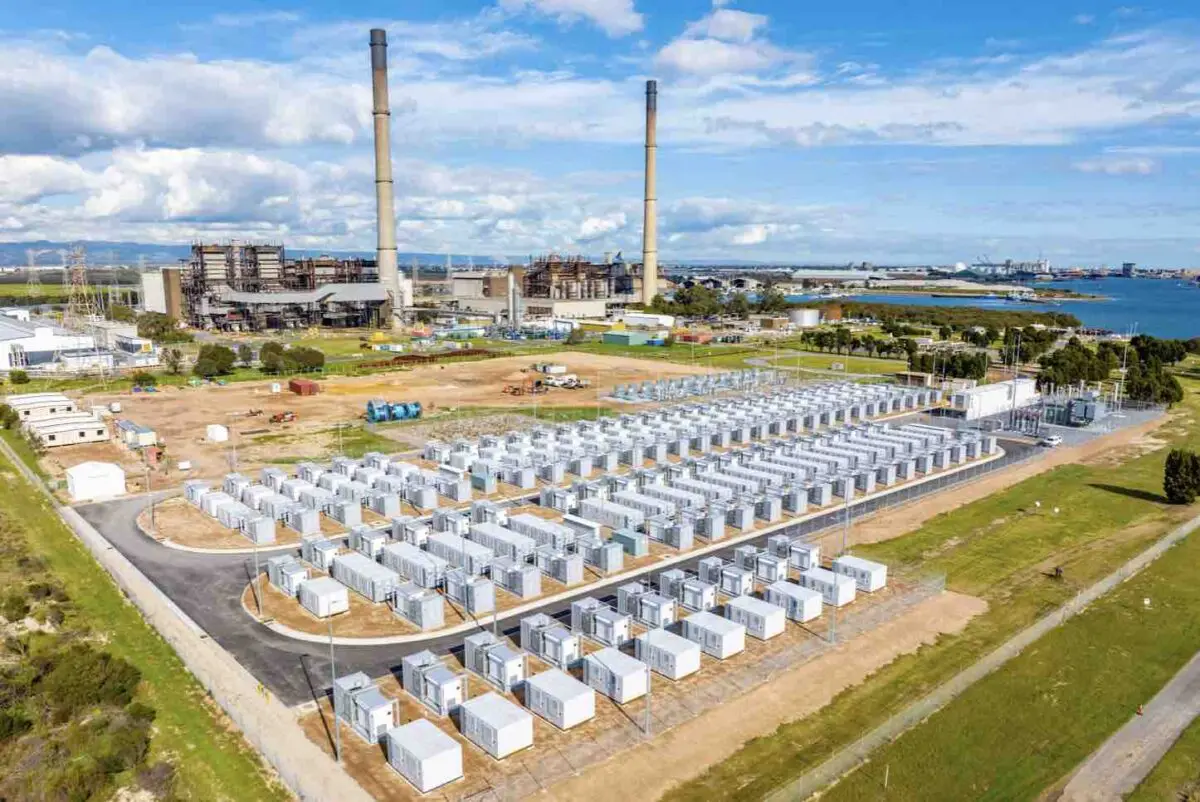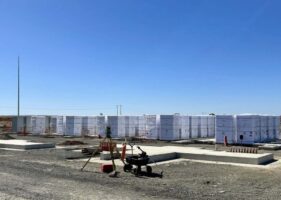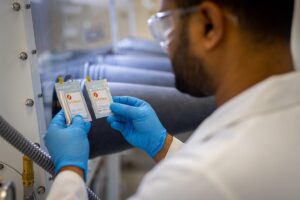It may not yet be as spectacular as we are seeing in the grid in California, but the impact of the dramatic rise in battery storage capacity in Australia’s biggest grids is likely to be just as profound.
It has been well chronicled over the past year or so that the one strong part of Australia’s green energy transition – apart from the race to embrace rooftop solar – has been the progress on battery storage.
There are now about 15 big batteries operating in Australia, another three working through the commissioning process (Capital, Tailem Bend and Chinchilla), and at least another 20 under construction, and dozens more in the pipeline hoping to tap into the federal government’s Capacity Investment Scheme.
It is widely thought that battery storage – because it is easily installed, modular, fast and flexible and can deliver multiple different services, including inertia and system strength – will be the technology that delivers the final blows to fossil fuels in the grid, initially to coal and finally to gas.
In terms of overall generation, according to the market operator’s latest Quarterly Energy Dynamics report, battery storage remains a mere speck on the charts, accounting for just 0.2 per cent of the total supply into the country’s main grid in the March quarter.
But at the same time, battery storage has seized control of 57 per cent of the 10 markets that make up frequency control (up from 38 per cent a year ago), totally dominates the new very fast frequency control market, and is moving into the inertia market too.
Battery storage is also making its presence felt in the morning and evening peaks, with an average output of 217 MW during the first quarter, and is now setting the wholesale spot price of electricity six per cent of the time, and 10 per cent in South Australia, where it has the greatest influence and penetration.
According to the latest QED, net battery revenue in the first quarter more than doubled from the same period a year ago to $47.8 million.
Most of this increase came from a near doubling in battery capacity to 1.652 GW, and – interestingly – from a new focus on energy arbitrage, where revenues rose four-fold from $7 million to $28.5 million, taking advantage of the number of negative price periods to charge their batteries, and reducing the dependence on FCAS markets.
AEMO said batteries earned $3.5 million from charging at negative prices (yes, they get paid to charge during such events). That’s an increase from $1.1 million in the first quarter of 2023.
AEMO also noted that batteries offered more volume in lower price ranges across the quarter, resulting in a 134 per cent year-on-year increase in quarterly average battery generation (from 23 MW in Q1 2023 to 53 MW this quarter).
FCAS revenue from the main grid rose from $13.9 million in the first quarter last year to $19.2 million in the latest quarter, mostly from the new Very Fast Raise Contingency (R1SE) market.
(The revenue cited by AEMO does not include direct contract payments from state governments and the market operator for specific network services, including acting as a shock absorber to allow maximise use of transmission lines).
Unsurprisingly, the state that captured most revenue was South Australia, which leads the country (and the world) with a wind and solar share of 75 per cent of generation, and which recorded the biggest reduction in wholesale electricity prices in the country over the first quarter.
“I welcome the growth in the use of batteries,” state energy minister Tom Koutsantonis said in a statement. “They are charging up from renewables in the middle of the day and then providing supply at peak times, improving reliability while reining back the peak price points.”
Helped by the new 250 MW, one hour Torrens Island battery, South Australia grabbed $20.4 million of total net revenue in the quarter, with $8.7 million coming from energy arbitrage and $11.7 million from FCAS markets, boosted by transmission constraints as a result of the storm that tore down power lines in Victoria in February.
Queensland batteries had the next highest increase in net revenue, with a $7.2 million increase from Q1 2023 to $10.4 million in Q1 2024, with nearly all this quarter’s net revenue arising from energy arbitrage at $9.7 million.
See also RenewEconomy’s Big Battery Storage Map of Australia.
And: Record wind and solar push down prices across grid, except for most coal dependent state










